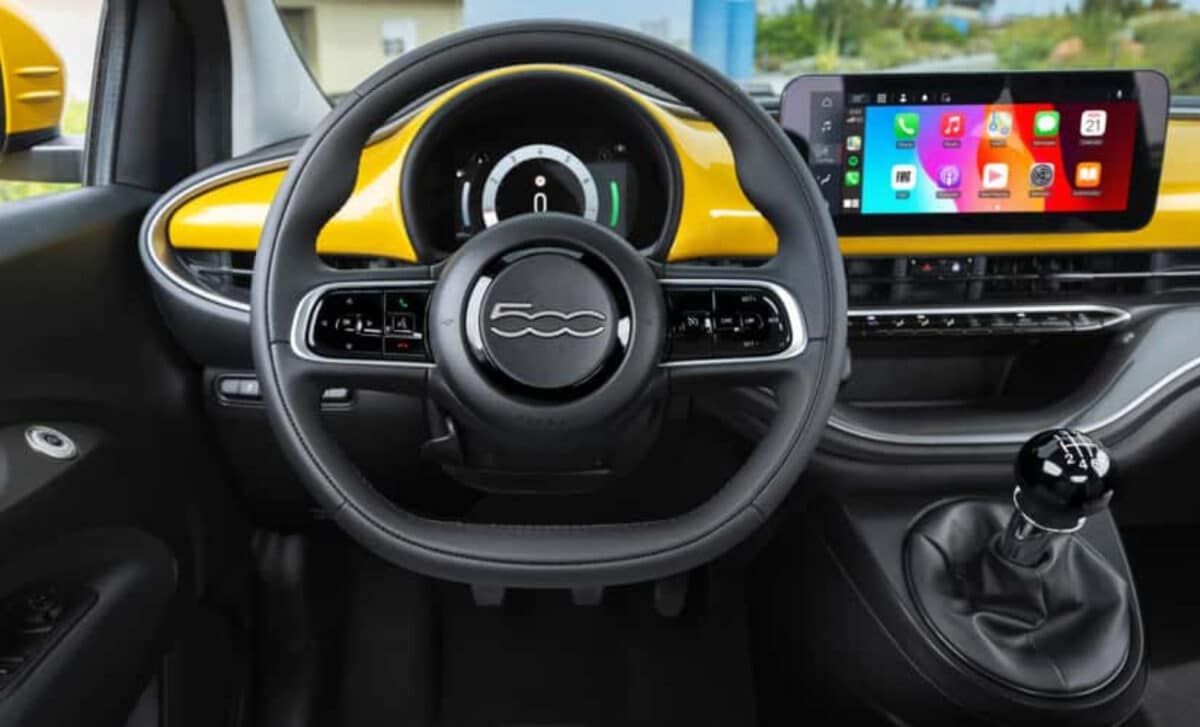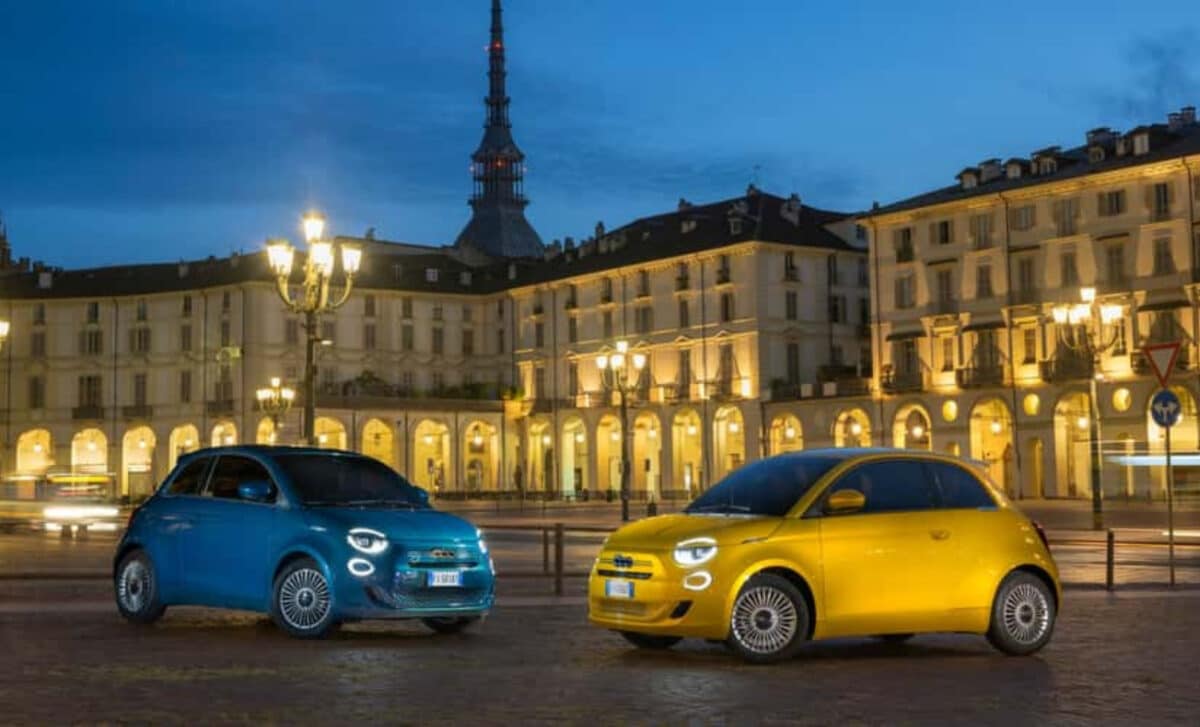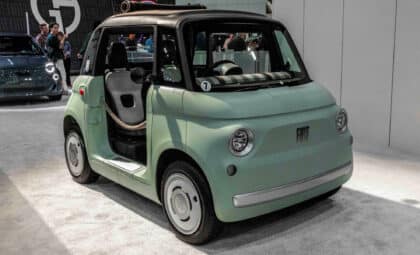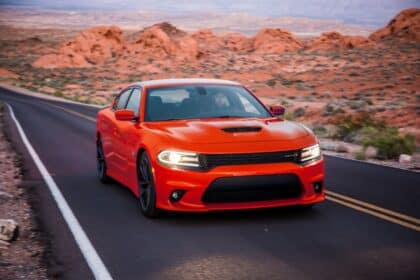With only 65 horsepower and slow acceleration times, the Fiat 500 Hybrid is not built for speed, but for practical city driving. Fiat initially planned to go fully electric by 2027, but the shift towards electric vehicles has faced unexpected hurdles.
The new 500 Hybrid represents a pivot away from that strategy, offering a traditional powertrain for buyers who are not yet ready to embrace full electrification. While slower than its EV counterparts, the Fiat 500 Hybrid caters to those seeking a simple, city-friendly option with a mild-hybrid powertrain.
Engine and Performance: Modest Power, Slow Acceleration
The 2026 Fiat 500 Hybrid is powered by a 1.0-liter turbocharged three-cylinder engine that produces 65 horsepower and 92 Nm (68 lb-ft) of torque. This modest power output results in sluggish acceleration, with the hatchback version taking 16.2 seconds to reach 62 mph (100 km/h). The convertible version is even slower, taking 17.3 seconds.
Despite these unimpressive figures, Fiat markets the car primarily for city use, where speed is not as important as maneuverability in tight spaces and fuel efficiency. With a top speed of 96 mph (155 km/h) for the hatchback and 93 mph (150 km/h) for the convertible, the 500 Hybrid is designed for urban environments, where driving at high speeds is not necessary, reports Motor1.

City Car for City Streets
The Fiat 500 Hybrid’s primary focus is urban driving. While performance numbers may disappoint those seeking a more dynamic ride, the car excels in environments where low speed, compact size, and practicality are valued. The lack of an automatic transmission might seem like a drawback, but Fiat directs buyers looking for an automatic to the 500e electric model.
The 500 Hybrid’s manual gearbox and modest powertrain make it an ideal choice for city dwellers who don’t need a high-performance vehicle but prefer a more traditional driving experience. The 500 Hybrid’s size and fuel efficiency are its selling points, offering ease of parking and low running costs in busy city environments.

Design and Features: The Quirky 3+1 Layout
One of the standout features of the Fiat 500 Hybrid is its 3+1 layout, which includes an asymmetrical rear-hinged door on the passenger side. This design improves access to the rear seats without altering the car’s compact footprint, a clever touch for urban environments where space is at a premium.
The rear-hinged door is similar in concept to the Mazda RX-8, allowing for easier entry and exit from the back seats. Despite its underwhelming performance, the quirky design and charm of the 500 remain intact. The 500 Hybrid’s small size and unique features make it a distinctive option in the crowded city car market.
Fiat’s decision to revive the gas-powered 500 comes amid growing competition from hybrid models like the Toyota Aygo X. The Aygo X, which has a more powerful 114 horsepower engine and can accelerate from 0 to 62 mph in under 10 seconds, offers a quicker alternative in the same segment. However, Fiat remains confident in the 500 Hybrid’s appeal, particularly for those who value style and personality over raw power.
The Hybrid’s Place in an Electric Future
Fiat had originally planned to switch its entire 500 lineup to electric vehicles by 2027, but the introduction of the gas-powered 500 Hybrid signals that the company is not yet fully committed to an all-electric future. The hybrid model is a bridge for those who are not ready to make the leap to electric driving, but this may only be a temporary offering.
The European Union plans to impose a ban on new combustion-engine car sales by 2035, which could make the 500 Hybrid obsolete in less than a decade. Fiat’s hybrid model highlights the tension between traditional combustion engines and the electric future that looms ahead for the automotive industry.






